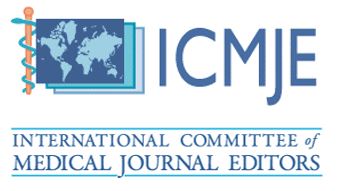Surgical-Endodontic Management of Periapical Cyst — A Clinical Case Report
Daniela González Herrera1*, Mabel Campos Castro2
1Dental Surgeon, Faculty of Dentistry, University of Valparaí so, Chile.
2Endodontist, University of Chile, Hospital San Juan de Dios, Los Andes, Chile.
*Corresponding Author: Daniela Gonza lez Herrera, Dental Surgeon, Faculty of Dentistry, University of Valparaí so, Chile.
https://doi.org/10.58624/SVOADE.2025.06.006
Received: December 23, 2024
Published: February 18, 2025
Citation: Herrera DG, Castro MC. Surgical-Endodontic Management of Periapical Cyst — A Clinical Case Report. SVOA Dentistry 2025, 6:1, 41-44. doi: 10.58624/ SVOADE.2025.06.006
Abstract
Introduction: Dental pulp is a sterile connective tissue protected by enamel, dentin and cementum. A significant injury to the dental pulp causes inflammation which can lead to pulp necrosis if left untreated. Persistent inflammation can result in periapical radiolucency observed on radiological images. Periapical cysts are cysts that affect teeth with pulp necrosis. Most root cysts develop slowly and don't grow much. Patients do not experience symptoms, so lesions are often only detected during routine radiographic examination.
Case Presentation: Male patient, 56 years old, with no relevant systemic history. He attended the Hospital San Juan de Dios for endodontic treatment of tooth 1.2 with previously initiated therapy, without associated symptoms. Diagnosis: periapical cyst. Treatment: conventional non-surgical endodontic therapy was performed, and surgical therapy corresponding to enucleation and curettage.
Discussion: True periapical cysts of inflammatory origin require disciplinary treatment between specialties. Conventional non-surgical endodontic therapy achieves the elimination of the etiological factor located in the root canals, while surgical treatment eliminates the products of the true periapical cyst. These treatments as a whole have a high success rate in resolving the pathology if they are carried out according to standard and accepted clinical principles.
Conclusion: Periapical cysts usually present asymptomatically, so their early detection is infrequent, which may allow this lesion to grow for long periods of time. Therefore, it is important to make a comprehensive diagnosis, using complementary tests.
Keywords: Surgical-endodontic management; Periapical cyst; Dental pulp











